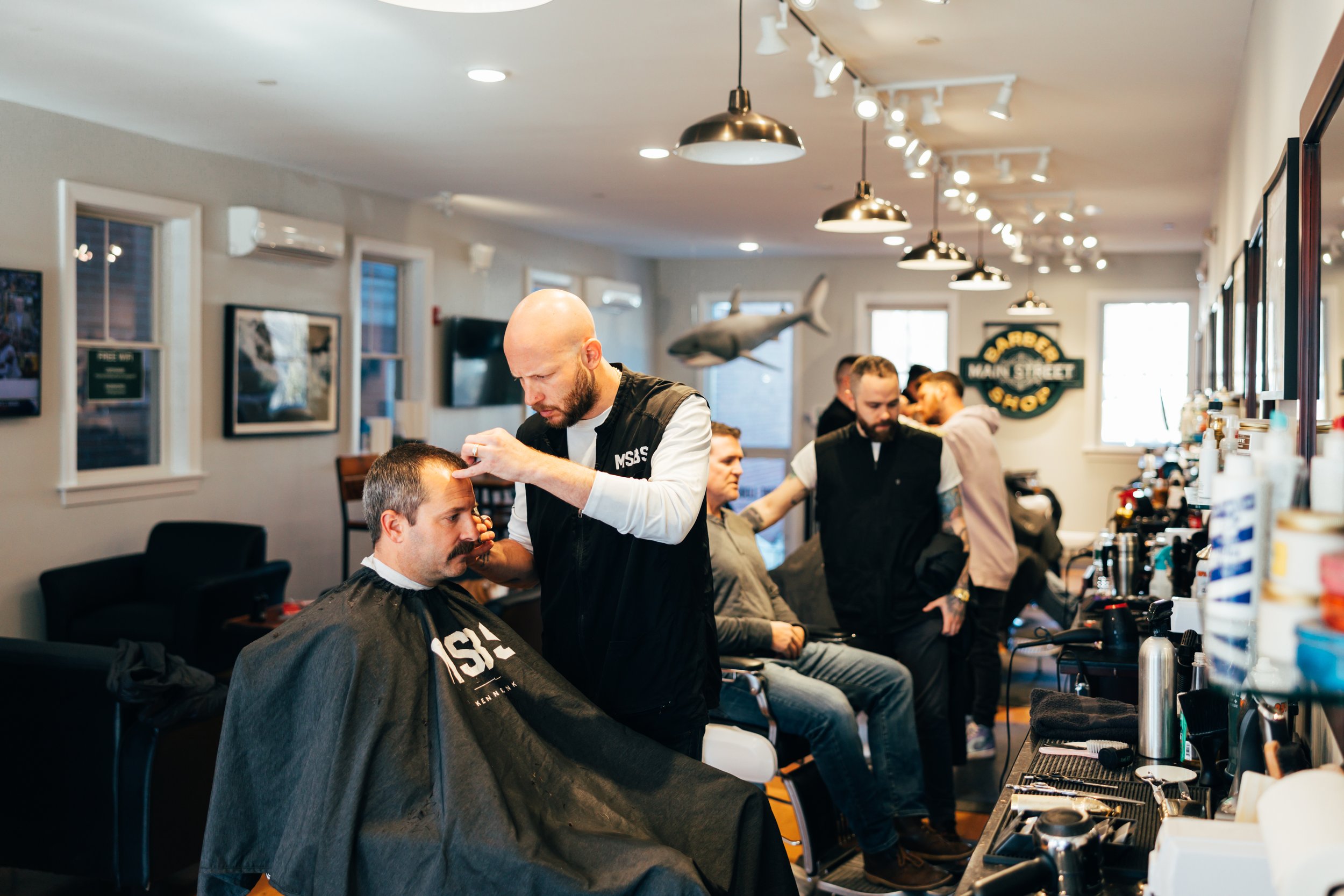Essential Sanitation Practices All Barber Must Avoid for Maximum Client Protection
Essential Sanitation Practices All Barber Must Avoid for Maximum Client Protection
Blog Article
Maintaining adequate sanitation is essential for all field which involves direct contact with clients, especially within the barbering industry. Hairdressers hold an integral part in helping people look and become the best, however this duty comes alongside the need for rigorous sanitary practices. In the interest of the safety of customers and barbers together, there are numerous essential hygiene practices that should be prevented. Recognizing these practices can help guarantee a clean and secure environment in barber shops.
One of the common frequent sanitation errors stylists should avoid is the recycling of individual styling instruments without adequate cleaning. Tools such as scissors, clippers, and combs can harbor bacteria and viruses if they are not sterilized after each use. Barbers should always disinfect their instruments with suitable cleaners or wipes between clients. Neglecting to do so could lead to the spread of infections, which can have grave implications for customers. Creating a schedule for sanitizing and disinfecting tools is not just a best practice; it is a vital aspect of maintaining a secure work environment.
Another practice to prevent is overlooking to wash hands regularly. Stylists engage with multiple clients in a single shift, and their hands can easily accumulate bacteria and pathogens. It is essential for barbers to clean their skin thoroughly with soap and liquid prior to and following every client. Additionally, using hand disinfectant can be an efficient way to additionally minimize the transmission of pathogens. Skipping this step can compromise customer safety and may result in infections or ailments that could have been easily prevented.
Adequate sanitation of the barbershop environment is also vital. Barbers should avoid ignoring surfaces that are frequently touched, such as seats, countertops, and lounge area chairs. These areas should be disinfected and sanitized regularly to minimize the risk of cross-contamination. Creating a cleaning routine can assist this website stylists copyright a sanitary setting. This protocol not only protects clients but also enhances the overall experience, allowing customers feel more at ease and appreciated.
Additionally, barbers should refrain from utilizing items that have not been stored or managed correctly. Cosmetic products such as gels, sprays, and oils can turn tainted if they are kept unsealed or improperly stored. It is important for barbers to check expiration labels and to keep products in a cool, dry environment. Throwing away any expired or suspicious products is essential to guarantee client safety. Using contaminated items can cause to dermal irritations or allergic reactions, which can damage a stylist's credibility and injure clients.
In, barbers have a responsibility to maintain high standards of hygiene to guarantee the well-being and health of their clients. By avoiding the recycling of unsanitized tools, neglecting hand hygiene, ignoring environmental cleanliness, and using improperly kept items, barbers can create a secure and inviting atmosphere. Recognizing and implementing these essential sanitary protocols not only safeguards official source clients from infections but also cultivates confidence and faithfulness. A clean barber shop is a successful barbershop, where both stylists and customers can experience confident and safe.